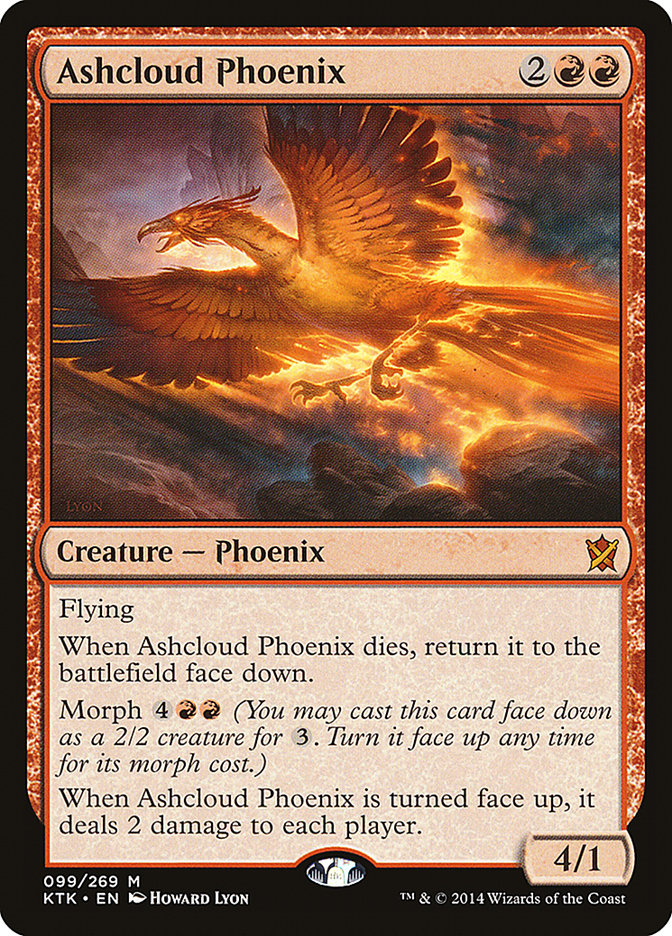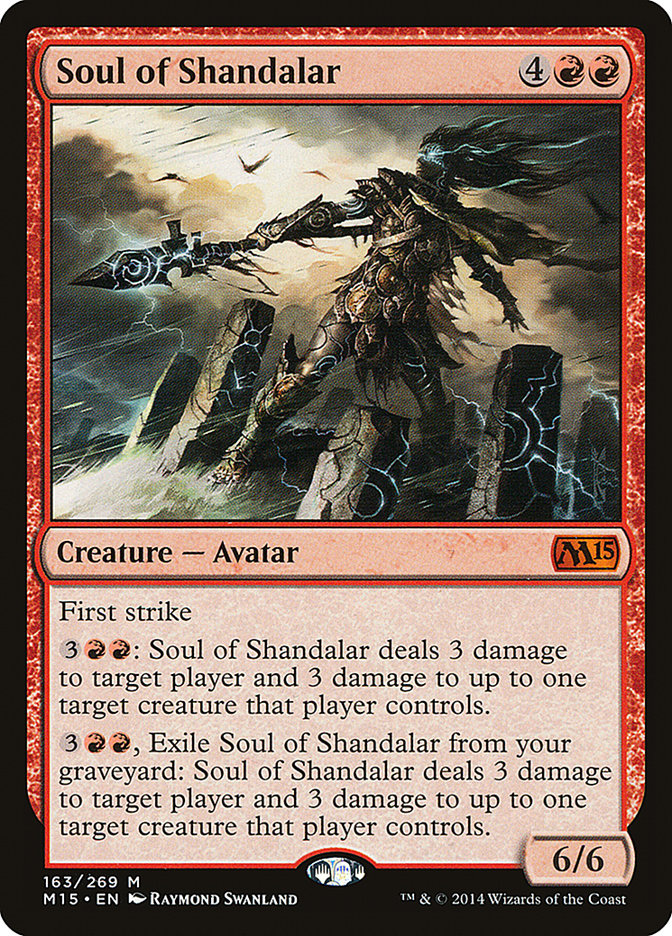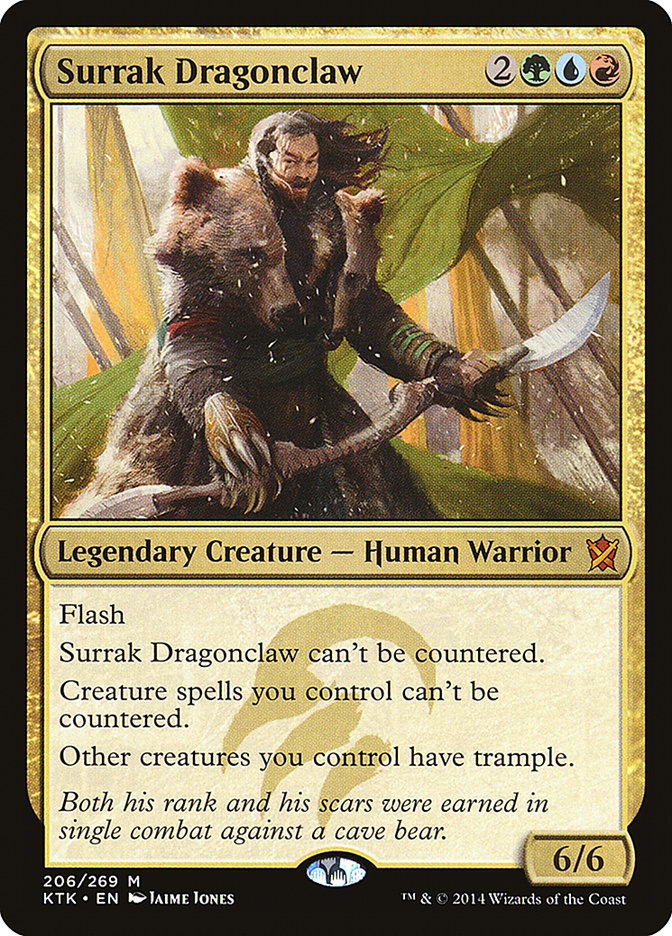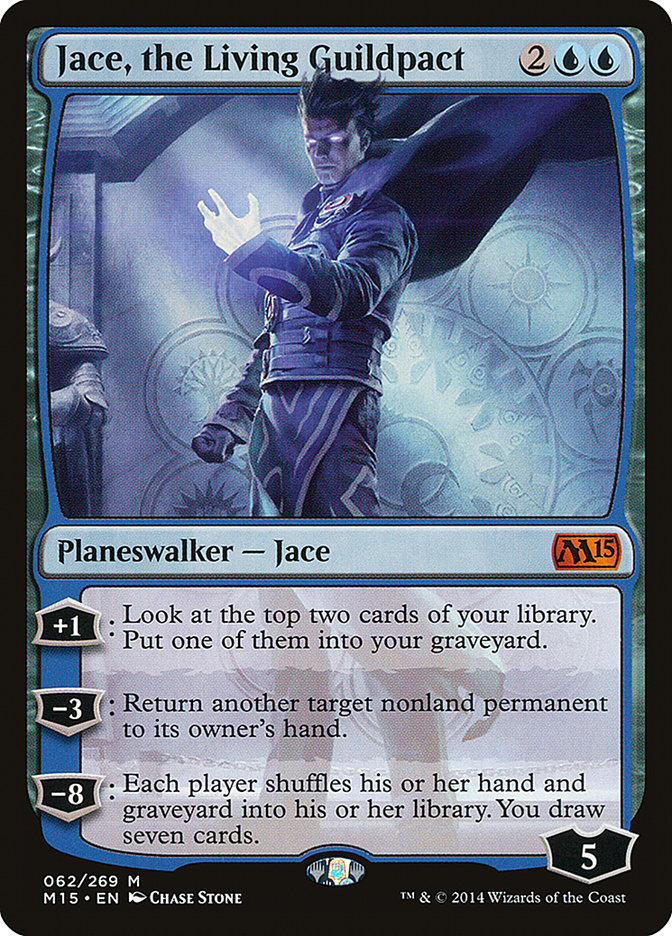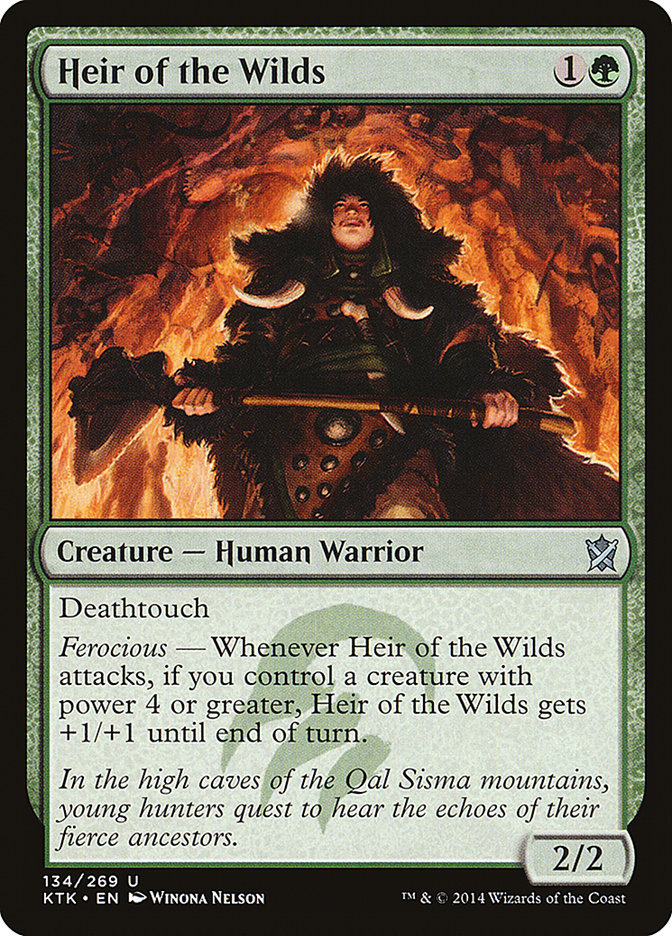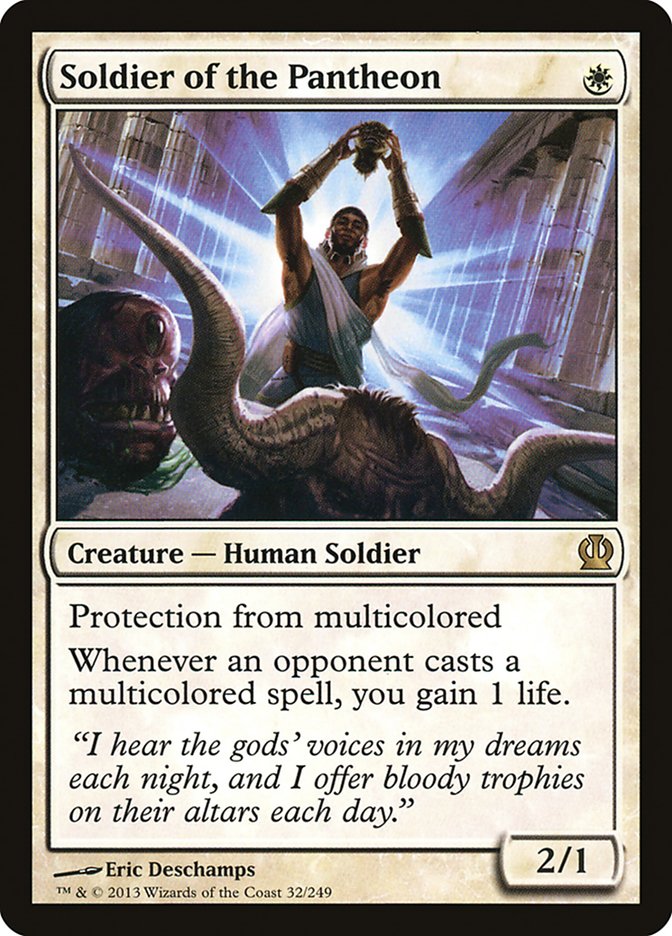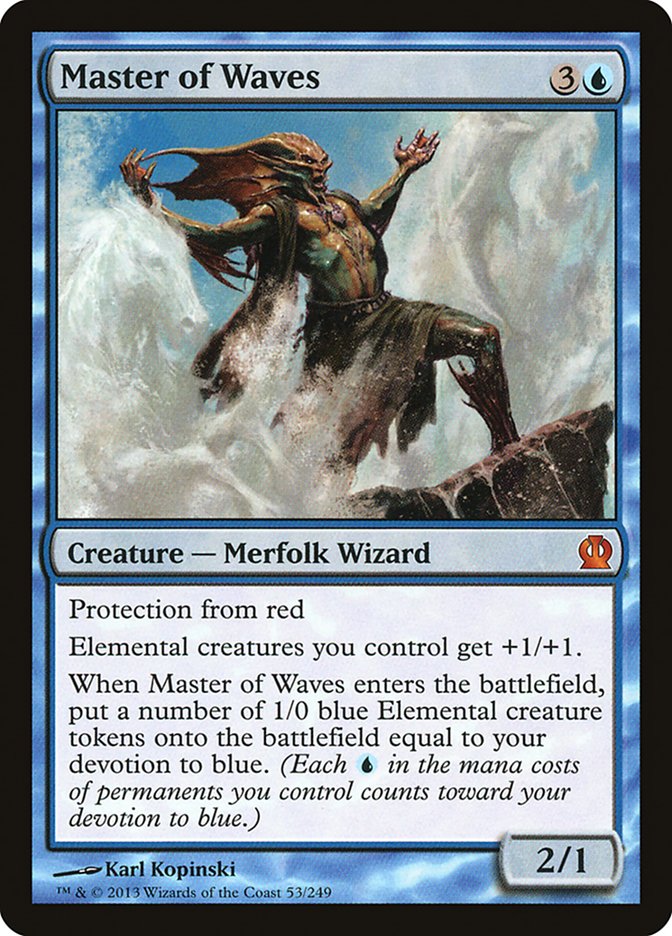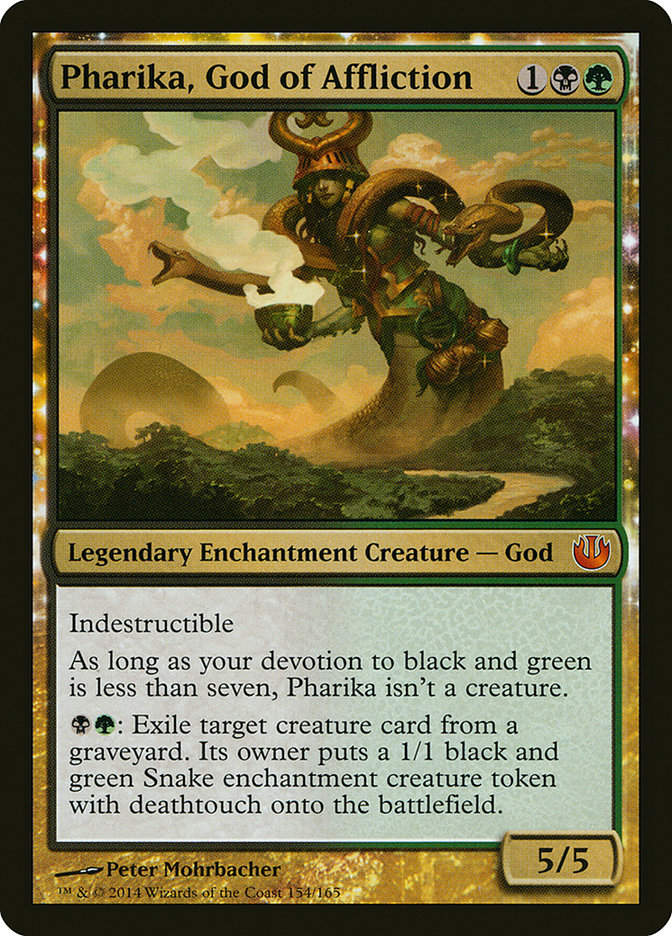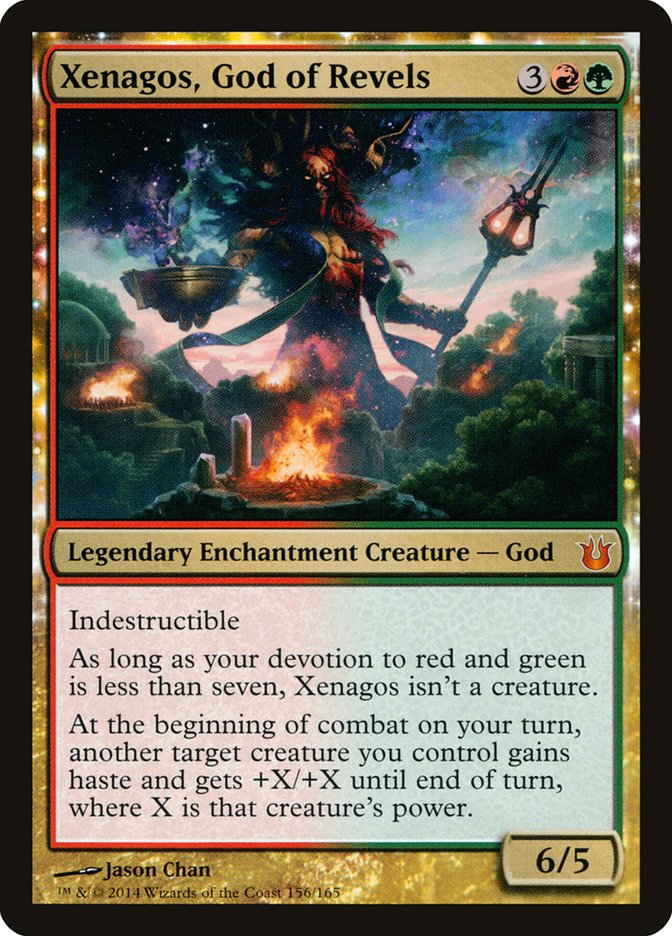Kevin Jones and I were practicing Standard at a Khans of Tarkir Prerelease close by, armed with rough drafts of what we would wind up playing at the Open
Series in New Jersey. After the first game ended, we both exclaimed: “Both of our decks are insane.” Seeing Kevin play against Jonathan Goss was a shade of
what we worked on, despite Kevin feeling like it wasn’t a good matchup. I’ve known Kevin since I started playing around Zendikar, and we’ve battled way too
many times than I can remember. I’d like to hope that the practice that we had helped him, and nothing makes me happier than seeing a good friend of mine
take down an event. Kevin is an amazing competitor, and shares the same desire to learn and get better, and I’m very excited to see him at the Players’
Championship in December.
The great thing about his win in New Jersey, and this Standard format as a whole, is that there are too many good cards. The difference between
any given best deck and the, say, fifteenth best deck is so immeasurably small because everything you do is going to be absurdly powerful. Sylvan Caryatid
and Courser of Kruphix may be the talk of the town, but it really isn’t that much more powerful than casting Mantis Rider backed up by a million
burn spells, or Mardu Charm for two 1/1s followed up by a Butcher of the Horde, or playing twelve one drops, or playing Savage Knuckleblade on turn 2. The
list of raw power plays goes on and on, and as someone who loves oversized, undercosted creatures, I welcome it! Despite only having one set of the new
block available to us, this is the deepest Standard format I’ve ever played in.
When there are so many awesome cards in the format, it can be easy to overlook other cards that can be just as strong when worked on enough.
I certainly scoffed at this card at first glance, but after realizing just how curve-friendly it is, I certainly think that it’s a great option against
non-green midrange or control shells. I didn’t even know that it had a face-up trigger until the day of the Standard Open! The fact that it’s a three drop,
a four drop, a six drop, and a nine drop makes it really appealing when considering things to do with your mana, and the fact that it attacks and blocks
very well is what really drives this card home for me. It’s also one of the most threatening cards against planeswalkers, and you can even set up a loop
with Butcher of the Horde when given enough mana and time. Ashcloud Phoenix is a major threat against anything trying to take their time killing you, and
it wouldn’t surprise me to see this pick up in popularity very soon.
While I do believe that all of the Souls have a place in Standard, Soul of Shandalar is particularly outstanding. The major selling point is how difficult
it is for most planeswalkers to operate if you untap with it. With first strike, it’s really sturdy on defense, which is rare for a red creature. If the
format continues to revolve around landing huge threats and supplementing them with smaller ones, then Soul of Shandalar will stand tall amongst them.
It’s pretty scary how few decks can’t actually handle a 6/6 flier for six. It’s even more scary how powerful the words “Draw three cards” can be in a
format that’s begging for raw card draw wherever it can get it. I’d imagine a Sultai deck would love this type of card when things get super grindy, as
it’s full of synergy and incidental value while also being a huge beater.
Temur is a ridiculous deck when it comes to raw power, and Surrak Dragonclaw adds on to the trend of undercosted brute force creatures. How the heck is a
control deck supposed to properly set up a sweeper when Surrak is looming? Heck, how is a smaller creature deck supposed to properly defend when you can
slam this as a combat trick? I’d go as far as to say that Surrak is the real reason to splash blue in your monsters deck, not Savage Knuckleblade (though
that card is obviously strong too).
I was dead wrong about Jace in the last Standard season, and that’s alright. This time around, however, I think Jace is really powerful in the
aforementioned Sultai decks, functioning as a pseudo Thassa, God of the Sea while also fueling your Treasure Cruise, Dig Through Time, and Murderous Cut.
In a format where everyone’s playing beefy creatures, Jace’s second ability is pretty powerful, especially when you already have a board presence. It
functions well out of range of cards like Stormbreath Dragon, Sarkhan, the Dragonspeaker, and other major haste threats, and is a pretty good way to swing
a game in your favor in general. It would surprise me if we didn’t see this iteration of Jace be a very potent role player at the upcoming Pro Tour.
If Seeker of the Way can be powerful, why not Heir of the Wilds? This is yet another tool that allows you to push through a Courser of Kruphix or any
creature larger than itself, defend against Polukranos, or make Temur Charm that much more scary to play against. While you can’t get as tricksy or swing
life totals as often as you can with Seeker of the Way, Heir of the Wilds gives you more upfront power in exchange. The games where you don’t have your
mana dork nut draw are the games where this will be exceptionally powerful. Two mana 3/3s with upside are powerful, and I wouldn’t be surprised to see
decks utilize these types of creatures more in the future.
We’ve seen a lot of talk about the red and black aggressive strategies, but I think that the white aggro deck is right up there with them. You don’t get
the explosiveness of red or the disruption of black, but what you do gain is an extra anthem in Spear of Heliod to go along with your Hall of Triumph and
one of the best one drops in Soldier of the Pantheon, which is strong against almost every multicolor deck out there. Going a devotion route gives you
Heliod, God of the Sun and a more robust Soul of Theros. Are there enough soldiers for Preeminent Captain to work, and are any of those soldiers worth
powering out? If Mono-White isn’t worth it, then maybe a black splash with a warrior theme could work out; Chief of the Edge and Chief of the Scale are
pretty pushed, and there are more than enough warriors to support it. Your mana gets significantly worse, but the increase in power just might be worth it.
I refuse to believe that Master of Waves doesn’t have a place in Standard right now. The card is way too powerful to overlook, and even if you aren’t going
to get an excessively high amount of Elemental tokens this time around, it’s still incredibly effective at brickwalling the red deck, particularly Goblin
Rabblemaster. I think that the first thing we need to do when building a deck with Master of Waves in it is to start from scratch, forgetting the Mono-Blue
Devotion deck of season’s past. It will likely not be a quintessential piece of whatever deck it’s in but rather a role player that happens to be good with
whatever else you’re doing. I’m not particularly interested in trying any Chord of Calling shenanigans with it, especially now that Young Pyromancer isn’t
a piece to that shell anymore. I’m not really looking to be a devotion deck either, but maybe some sort of blue-based tempo deck that uses creatures
instead of burn. I would not be embarrassed to play Welkin Tern, Mantis Rider, and Vaporkin, backed up by Void Snares and Jeskai Charm to keep the pressure
going. Maybe there’s something there to build off of.
It’s still up in the air which one of these highly unique cards will have the most impact, with Pharika, God of Affliction being the most represented one
out of G/B Devotion decks, but surely there’s a place for them. Xenagos, God of Revels is in the most awkward spot because of how win-more the effect
feels, yet it’s one of the two gods that can have an immediate impact when it lands. Iroas, God of Victory is the second god that immediately translates
into an advantage when resolved, and is one of the gods I feel most inclined to get online. Athreos, God of Passage is the second god I want to be
attacking with most, but has the least impact out of a maindeck. I don’t really like how curve demanding it is, and how perfectly things need to go for it
to be decent. If you already have pressure, then I’d rather be casting another big threat, not a punisher card. If I have little pressure or if I’m falling
behind, this won’t help me catch up. Mogis, God of Slaughter is particularly effective in grindy stalemates involving some planeswalkers and large
creatures, but has the same problem as Athreos when it comes to pushing ahead or falling behind.
Keranos, God of Storms, is the second most frightening card in Standard (first being Goblin Rabblemaster). In fact, I think it’s even scarier in Standard
now than it has been in Modern, and that’s saying a whole lot. Anything trying to play a grindy midrange plan is unbelievably kold to this card when
resources are spent, and the answers to it are either fairly narrow (Erase, Deicide), or are pretty vulnerable or expensive (Banishing Light, Utter End).
Sure, they won’t always have it, but neither will you, and with grindy midrange mirrors being a giant mess at times, coupled with card advantage being on a
major decline, Keranos is primed to thrive in that environment. The more things slow down in Standard, the better Keranos gets, and I hope that all of
those green midrange decks have a solid post-board plan against it.
With the Pro-Tour approaching, I’m very excited to see where the more seasoned players end up!

